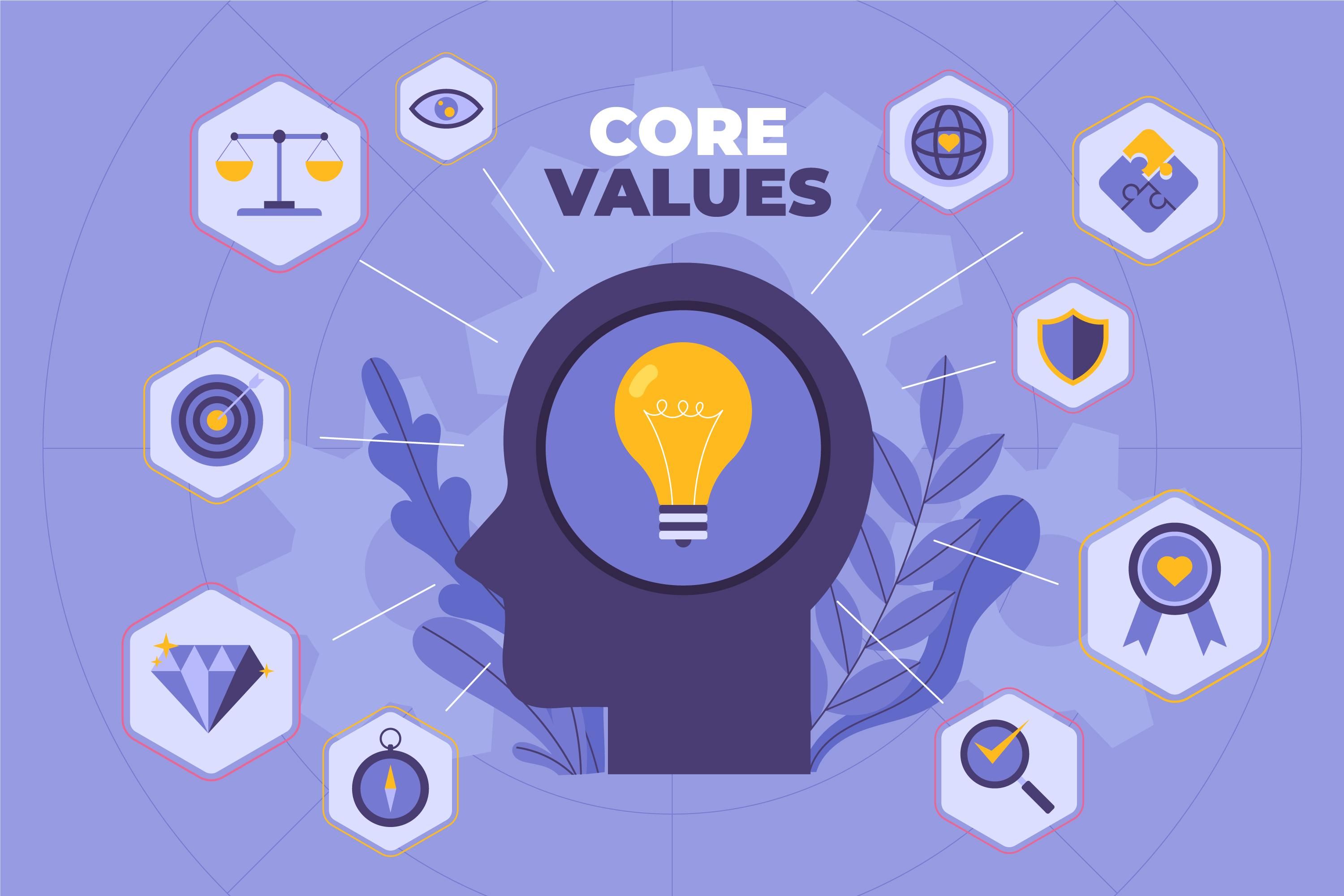Malaysia's New Industrial Master Plan 2030

Image is from freepik.com by @lifeforstock
Given the many changes we see in the national scene on an annual basis, I wanted to summarise my learnings from reading the New Industrial Master Plan (NIMP) 2030 so that folks don’t need to. Reading the report can be daunting and for most people, it’s not something worth doing as there are a lot of executive summaries out there on the internet.
I wanted to write my summary from the perspective of talent development and the opportunities I see within the plan and how organisations can take advantage of the upcoming plans within the NIMP. The basic premise of the NIMP is to restructure the economy to make Malaysia a regional economic powerhouse. This is a direct quote from our Prime Minister Anwar Ibrahim during the launch of the NIMP on September 1st 2023. Compared to the last Industrial Master Plan (IMP), the key difference between the two is that the NIMP is more mission based vs. sectoral based.
As you might have heard quite a bit recently, PM Anwar relies on the concept of Madani, therefore trying to gel strategies that aim to enhance the economy while being a just and equitable distribution of wealth across citizens. In total, there are 6 goals that are being aimed for in the NIMP and they are as follows:
- Increase economic complexity
- Create high value job opportunities
- Extend domestic linkages
- Develop new and existing clusters
- Improve inclusivity
- Enhance ESG practices
The outcomes of each goal and the criteria by which they are measured are set out in the NIMP 2030.
For example, 700,000 new jobs are to be created by 2030 and median wage for manufacturing is to increase by 128% from RM1,976 in 2021 to RM4,510 in 2030. Further, the NIMP 2030 seeks to increase total investments as a share of State GDP from an average of 13% of State GDP in 2021 to 25% in 2030.
Those are the top line goals.
Some History first…
For those that might not have followed the trajectory of such national plans over the years, Malaysia initially started introducing National Plans about 40 years ago by MITI (Ministry of International Trade and Industry). The 1st IMP was launched in 1986 (so happens to be my birth year) and the goal in 1986 was to essentially pave the foundation for manufacturing. The goal was to drive the manufacturing sector to be Malaysia’s leading industry and to move us squarely out of agriculture and into the new age.
The 2nd IMP was released 10 years later in 1996 and again the focus was to broaden the impact of the manufacturing sector. Due to robust global competition, the goal was to strengthen cluster-based industrial development in Malaysia. Malaysia was still very much a manufacturing driven economy.
The 3rd IMP was released 10 years later in 2006 and the focus was to start moving and including opportunities for services driven industries. International competition was on the rise and Malaysia had to catch up and the 3rd IMP aimed to address this gap. This leads us on to the current and latest NIMP that aims to be the master blueprint from 2023 to 2030. That’s a shorter timeline than prior IMPs and the goals seem to be very ambitious.
The shorter timeline was due to the impact of the COVID-19 pandemic and also the shift in governments. The plan was originally planned to be launched in 2021.
How is the Plan Structured?
Essentially the plan is structured into 4 key missions and for each mission there are enablers, strategies and action plans.
The 4 key missions are stated below (originally from Skrine):
- MISSION 1 - Advance economic complexity
This is to encourage high-growth industries to innovate and produce more sophisticated products. This will enhance the competitiveness of our nation in the global market. - MISSION 2 - Tech up for a digitally vibrant nation
By embracing technology and digital transformation, we can drive innovation, enhance productivity, and create new opportunities for economic growth. - MISSION 3 - Push for Net Zero
This mission emphasises our commitment to address climate change by striving for a net-zero future. - MISSION 4 - Safeguard economic security and inclusivity
This Mission aims to create an enabling environment that ensures supply chain security, supports SMEs and promotes equitable participation in economic activities in all states.
For each mission, there are key enablers to overcome systemic and institutional challenges.
These enablers include addressing financing challenges, nurturing talent development and acquisition, improving the investor journey, and enhancing governance mechanisms.
Through these enablers, there are definitely opportunities to improve talent development with the country as part and parcel of the journey we need to take to hit the goals of the NIMP 2030.
One key focus would be to develop and expand programmes and training initiatives to develop high-skilled workers who then can propel the economy to greater heights. One key area would be in functional training in key manufacturing sectors. To gauge the industries impacted, we can target the top 5 sectors:
High value manufacturing sectors:
- Oil and Gas
- Electrical and Electronic (E&E)
- Chemicals
- Automotive
- Aerospace
Lastly, based off these 4 key missions, each mission has strategies and actions plans as indicated below:

What’s the Human Angle?
The goal on the human front is really to drive employment up by 2.3% annually between 2022 to 2030, thereby creating up to 3.3 million new jobs. The primary focus would be to create high skills jobs and to reduce the dependency on lower-skilled workforce and this is where I see an opportunity for organisations to develop stronger training plans and upskilling initiatives.
The Ministry of Human Resources (MOHR) is in the process of exploring new paths for employees to take to upskill and to chart a career path to higher skilled jobs and part of that journey involves functional career upskilling paths. Today a lot of organisations rely on soft skill development whereas the plan seems to suggest a greater emphasis on functional training within key industries to really align to the NIMP.
A key goal within the NIMP is to drive up the median salary for the Manufacturing sector is expected to grow by 9.6%, to reach RM4,510 from RM1,976, which is below the national average despite the sector’s dominant role in the national GDP. Training providers working alongside key industries can really take the opportunity to push training and upskilling for employees and to jointly work on equipping employees for the future by creating clear career learning pathways.
Conclusion
When all is said and done, most blueprints stagger to implementation and usually die in the details but the current plan plans to mitigate this trend by establishing a council that will oversee the implementation process. Given the aggressive timeline of 7 years to achieve the goal, PM Anwar has effectively staked his success to the success of the NIMP 2030.
As industry practitioners, we see a lot of opportunities to be part of that success and to actively contribute to the country’s goals. Since we are within the corporate learning and development industry, we can plan an active role and develop strategies to support the execution of NIMP 2030.
Discover:
Digital Marketplaces and Leadership and Development - Accessability (Part 1)
Digital Marketplaces and Leadership and Development - Supplier Quality and Social Proof (Part 2)
Digital Marketplaces and Leadership and Development - Future Capabilities (Part 3)
Note: If you’re a Malaysian L&D provider or freelancer, reach out to arun@talentstore.co and discuss how you can be onboarded as a partner on TalentStore! Training success starts with access! Watch this video for more information.
Edited by: Kiran Tuljaram
Business
Tags: Talent Development, Growth, Leadership & Development (L & D)
Arun Nagarajah, CEO and founder of eVULX, is shaking up the world of corporate learning and development. Formerly a key player in global expansion for Leaderonomics and a leader at General Electric Aviation, Arun is a passionate advocate for immersive and unconventional learning and development. He is the mastermind behind eVULX and is revolutionising the approach to employee training, immersing learners in a new world of digital simulations and reshaping the corporate learning and development landscape.





